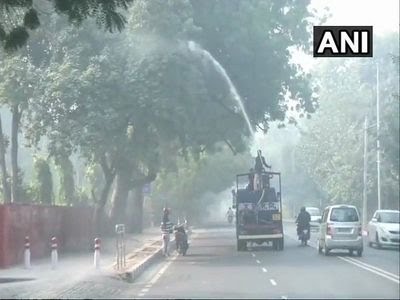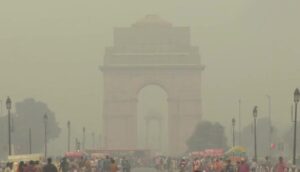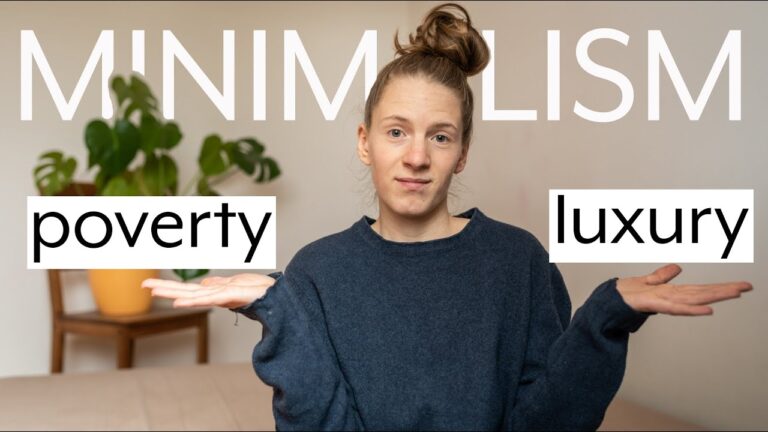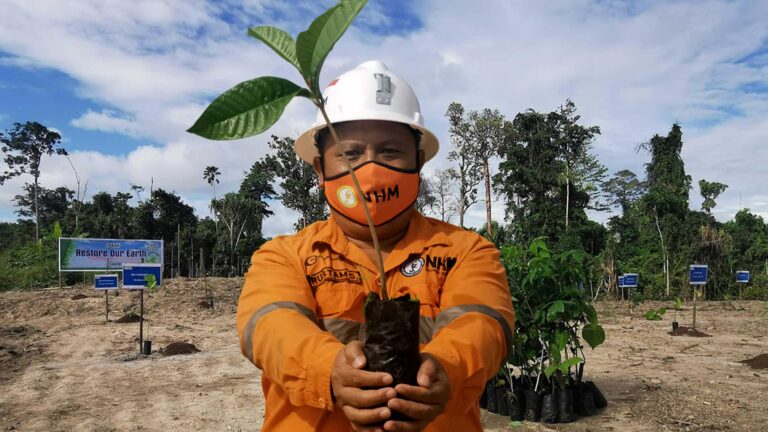
In Delhi, the much-anticipated cloud seeding project, also known as artificial rain, has been scheduled. It has two operational windows- the first from July 4 to July 11, 2025, and the second from August 30 to September 10, 2025. However, the project is currently on hold due to ongoing monsoon rains and unfavorable weather conditions.
Cloud seeding is a weather modification technique used to improve a cloud’s capacity to generate rainfall, aimed at reducing pollution.

What to Expect:
This particular project involves flying an aircraft over the North-West region of Delhi to artificially induce rainfall. Each flight is expected to last about 90 minutes. During the flights, a mix of chemicals including Silver Iodide, Sodium Chloride, and common salt will be sprayed into the clouds to encourage rain formation.
Announced by Environment Minister Manjinder Singh Sirsa, this initiative has been allocated a budget of Rs. 3.21 crore and is being carried out in collaboration with IIT Kanpur, the Indian Meteorological Department (IMD), and the Directorate General of Civil Aviation (DGCA). Interestingly, IIT Kanpur had first proposed this idea back in 2018.
The Delhi government believes artificial rain can help reduce the city’s severe air pollution. This is especially important ahead of Diwali, when air quality typically worsens. Still, many experts are sceptical. They argue that artificial rain may provide temporary relief by improving air quality for a few days. However, it is not a long-term solution and could even raise health concerns due to the chemicals released into the atmosphere.

Official Statements:
Manjinder Singh Sirsa speaking to NDTV, shared more details, stating that five trial runs are planned. While cloud seeding is usually done above the clouds, safety concerns for pilots have prompted a change in approach. A new method involves spraying the chemicals from below the clouds using sprinklers. This under the cloud method is considered safer and aims to generate enough moisture to trigger rainfall.
Sirsa emphasized that the artificial rain may be the only immediate way to bring down the Air Quality Index (AQI) during high pollution periods like Diwali. He explained that the artificial showers would help settle pollutants and clear the heavy smog that typically blankets the city during the festive season. He stated that if the cloud seeding is successful in the designated region, it could potentially be expanded to the rest of Delhi.
While there is some public scepticism, the effectiveness of the concept remains uncertain. It will become clearer as further steps are taken. For now, with monsoon rains already underway, Delhi’s cloud seeding project will have to wait but it remains a closely watched experiment in the fight against urban air pollution.
For more such news, stay tuned at The World Times.



